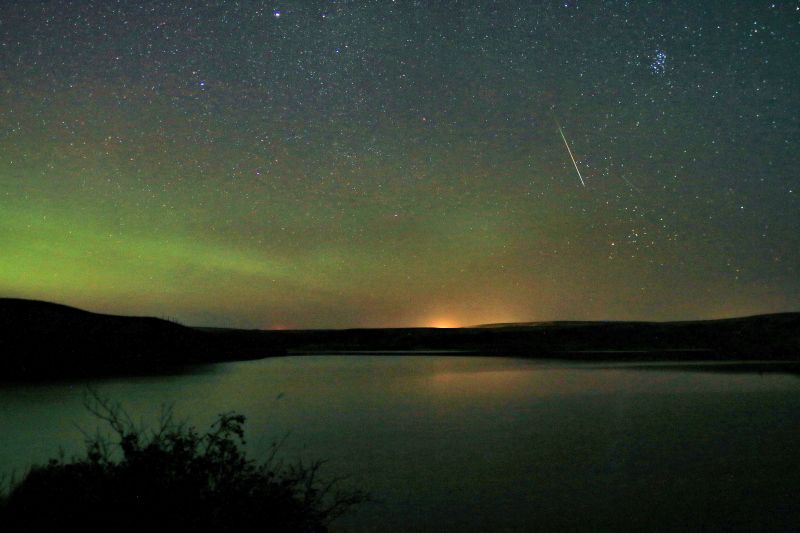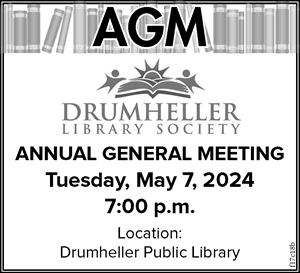
The most active annual meteor shower will hit its peak on August 11 and 12, as astronomers say the Perseids will be exceptionally spectacular this year, with meteor rates as high as 200 meteors per hour expected.
Earth will pass through the densest and dustiest area of the debris left by the comet Swift-Tuttle on Friday, the day when stargazers will see the most action in a single night out of the shower’s July 17 to August 24 time frame. Forecasters are saying this year’s event will have meteors fall at double the normal rate, as Earth will have a closer encounter with the debris of the ancient comet than before.
Photographer Darryl Reid said he’s alreadybeen out early in the morning watching for shooting stars.
“This isn’t just a two hour production,” he said, adding he has been watching the event for 10 years and is looking forward to the enhanced show this year.
The meteors seem to originate from the constellation Perseus, giving them their name, which appears on the horizon in the northern sky at about 10 p.m. local time, says space.com, but will be most visible after midnight.
NASA says the best way to see the Perseids is to go outside between midnight and dawn on the morning of Friday, August 12. They recommend allowing yourself 45 minutes for your eyes to adjust to the dark. Key to stargazing is to get as much of the sky in your field of vision as possible, so bring some snacks, a good friend, some patience, and lay on your back and look straight up and watch as the sky begins to fall. A rate of 150 meteors per hour means two to three meteors per minute.
The Perseids are caused by the comet Swift-Tuttle, the largest known object to repeatedly pass by Earth, and space.com says its nucleus is about 26 kilometres wide. It last passed nearby Earth during its orbit around the sun in 1992, and won’t be back again until 2126. But Earth still passes through the crowded trail of dust and debris that its left behind. Its meteors travel at a speed of 59 kilometres per second, with peak temperatures from 3,000 to 10,000 degrees Fahrenheit.
While the meteors are expected to peak on August 12, activity from the Perseids has been visible since late July and will continue until the end of August, but astronomers say it’ll be most visible before August 18 due to the full moon.
photo courtesy Darryl Reid of Natural Light Photography



























